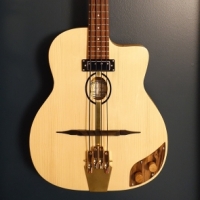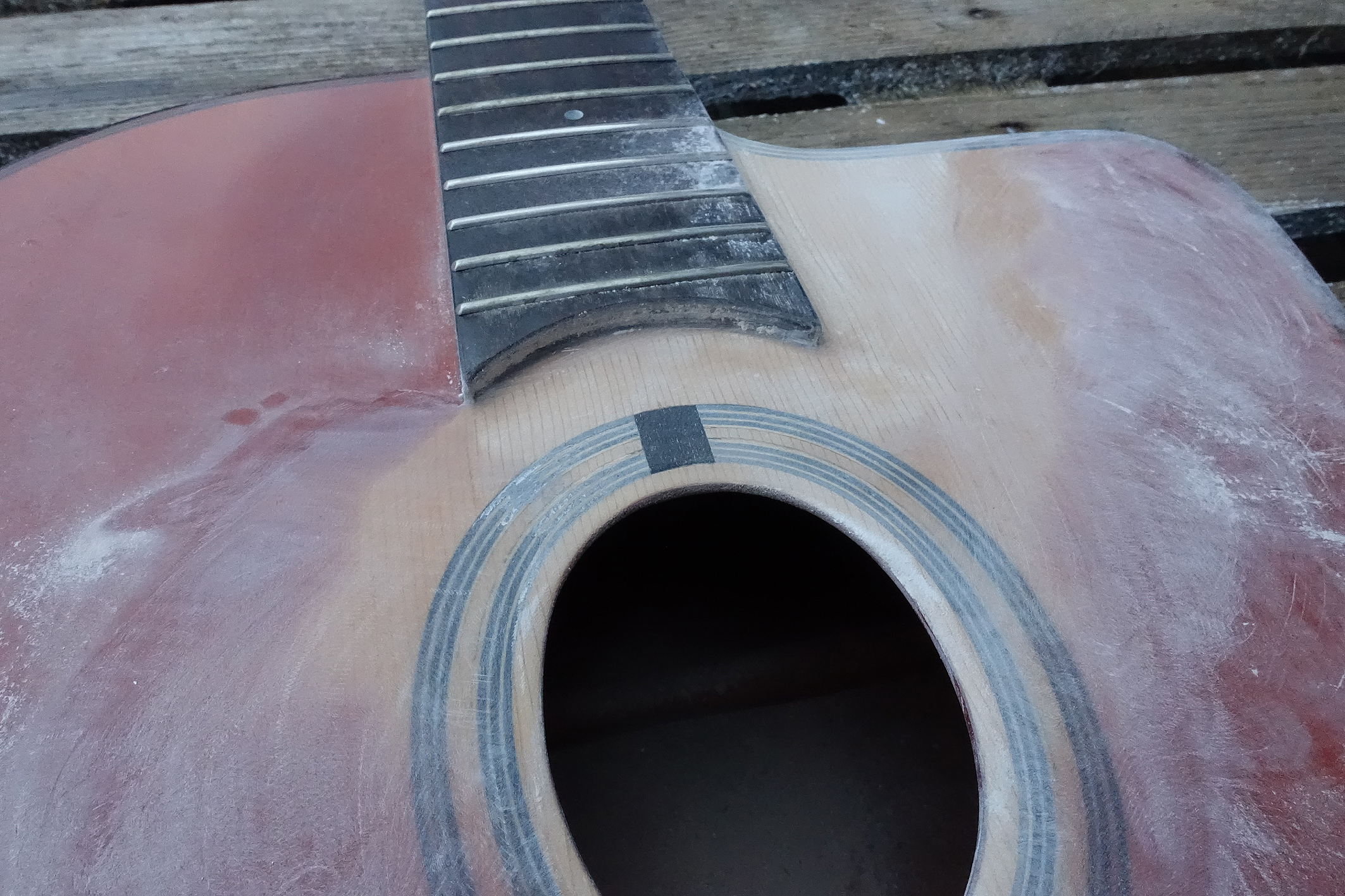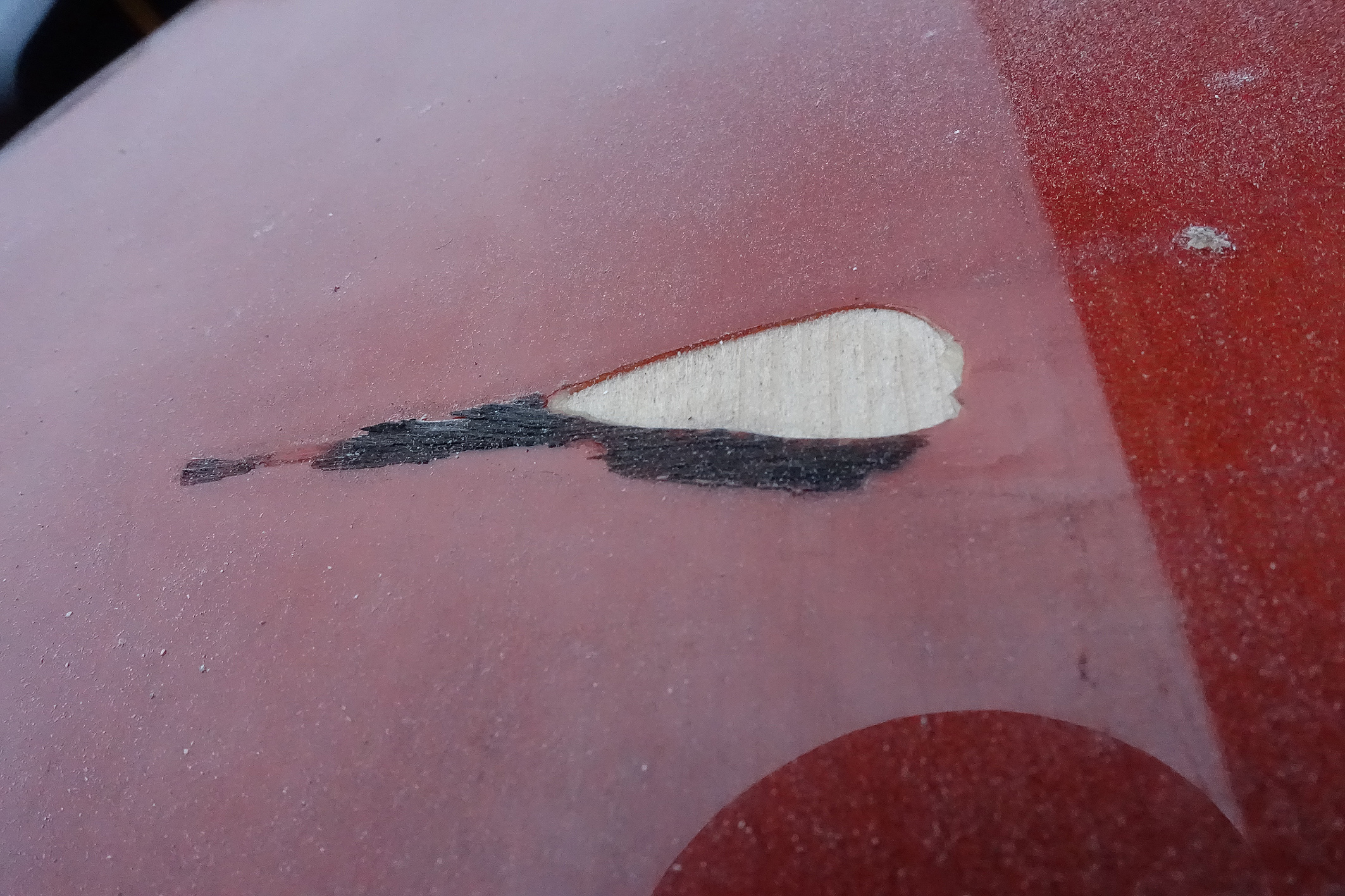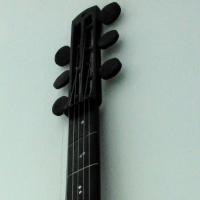DjangoBooks.com
Welcome to our Community!
Categories
- 20K All Categories
- 1.1K General
- 475 Welcome
- 59 Archtop Eddy's Corner
- 146 CD, DVD, and Concert Reviews
- 383 FAQ
- 26 Gypsy Jazz Italia
- 24 Photos
- 202 Gypsy Picking
- 21 Unaccompanied Django
- 15 Pearl Django Play-Along Vol.1
- 17 Gypsy Fire
- 45 Gypsy Rhythm
- 1.4K Gypsy Jazz University - Get Educated
- 130 Gypsy Jazz 101
- 223 Repertoire
- 218 History
- 707 Technique
- 51 Licks and Patterns
- 6 Daniel Givone Manouche Guitare Method Users Group
- 20 Eddie Lang Club
- 1.3K Gypsy Jazz Gear
- 799 Guitars, Strings, Picks, Amps, Pickups and Other Accessories
- 457 Classifieds
- 49 Recording
- 62 Other Instruments
- 18 Violin
- 5 Mandolin
- 22 Accordion
- 7 Bass
- 10 Woodwinds
- 345 Gypsy Jazz Events
- 141 North America
- 109 Europe
- 95 International
In this Discussion
renovating an old JWC
 Jangle_Jamie
Scottish HighlandsNew De Rijk, some Gitanes and quite a few others
Jangle_Jamie
Scottish HighlandsNew De Rijk, some Gitanes and quite a few others
I bought this old JWC a couple of years ago on Ebay as it was cheap. It had had a broken headstock at some stage which had been repaired solidly. The guitar sounded completely dead and dull in tone. My plan was always to strip the finish off it and try to get the guitar to sing a bit more. It's taken me until now to get around to starting the process. Once I knocked the moustachios off, I could see how thick that old lacquer was!! Paul's blue guitar has inspired me to try a different sort of colour. I bought some black ebony stain a while ago to dye bridges, so am considering that for the back, sides and top. Another option is to 'relic' it! That's always great fun. Shellac will be the top coat.















Comments
That is thick. Is that an import guitar? I'm not familiar with it. Looks like maybe a polyurethane finish to me.
My favorite finish these days (the one I did on the blue guitar) is the Ken Parker truoil over epoxy. He demonstrates it on YouTube. Best results if you do it exactly like he does. I bought the paper towels he mentions. They were expensive but I love them.
What's the back and sides?
Be very careful sanding the top, it is very very easy to take off an acoustically significant amount of wood.
I've usually heard good things about JWC guitars. Almost bought one myself. I wonder if it was early in the process when he was learning what sounds good, etc? It does look significantly thick on that lacquer.
It's one of the old JWC / Vintage Strings oval holes, like the Moreno. It probably was a Moreno, but had no label and no 'Moreno' on the headstock.
Once I get to bare wood, I stop!
Back and sides are laminated rosewood - must be careful not to go through the rosewood!!!
Thanks for the Ken Parker tip. I'll check it out
Not to be confused with the beautiful and excellent value for money JWC guitars he makes now!!!
I fully expect this one to be transformed. I should have recorded a 'before' video.
Possibly not a JWC then? I have a Moreno which I think may be one of the last from the old Manouche brand and it's way chunkier than it needs to be, but is also a right cannon with some 11s on. But this was from before luthier Jeongwoo Cho came on board.
Ok, managed to get the whole thing back to bare wood. Wow, what a ludicrous amount of lacquer!!! Much more than both Gitane 255s which I have worked on previously. I now have to decide whether to 'distress' the guitar, or something else. I'm tempted with the aged vintage look. Killy Nonis is making me a Selmer tailpiece which I can age with cold patination fluid. The original JWC tuners already look a bit old, but I could age them as well.
A bit more tinkering. I decided to play it safe (perhaps boring!) and give the whole guitar an aged look. Back and sides dark stained, neck buttered (thanks Paul, nice stuff and feels slinky), top lightly stained to give an aged, patchy appearance. I'm not sure if that 'open pore' look on the back and sides is exactly what I was after. Should I have used something to fill the grain beforehand? It hasn't bothered me on previous guitars I've refinished, but perhaps because of the almost black finish, it's showing up a bit more than expected. My friend's Polak/ERG has a similar finish. It at least shows it's not covered in a kilo of lacquer! I also aged the brass machine heads and changed the 9th fret side dot to a 10th. The neck is so nice!! I will go back to my Di Mauro Boogie Woogie and give it the same neck treatment. All I'm waiting for now is a Killy Nonis HSC tailpiece and it'll be exciting to find out what it sounds like now. Frets are level, smooth and highly polished!!!
I attended a furniture restoration course many years ago and an old trick of the trade is to use a thin paste of plaster of paris to rub across the grain. When dry wipe of the excess, check you have not missed any and then apply stain, shellac or whatever you are using. Easier and more effective than store bought grain fillers but you may want to practice on a piece of scrap first. The white plaster will take the colour of the stain and match the grain for a smooth finish. Depending on how you have sealed it, if at all, you may still be able to do that. Otherwise, nice job!
Nice tip, but what are the tonal properties of plaster Chris?!!!
Not known! But you end up using so little and the reason I guess it was used in the old french polishing methods were presumably, as with a light shellac finish it stays as flexible as the wood itself so it is not as if you are adding some heavy synthetic material such as you probably had under that thick factory finish.
The method with french polishing was to wipe over with a rag soaked in linseed oil, then wipe off any excess and allow to dry before applying shellac. I think the purpose of the oil was just to make the first few coats easier to apply without any dragging on a dry surface. I have not looked but I bet there are some 'how to' tutorials on YouTube.
I am no expert in any tonal and acoustic sciences but it has always worked well for me. I wonder if any old style luthiers reading this might know exactly what was used in the old Selmer and Busato days. I understood shellac was the standard until sometime in the mid to late 1950s many manufacturers, at least those working in quantities, switched to nitro cellulose. Although plaster works well under nitro too, I have used both in the past.